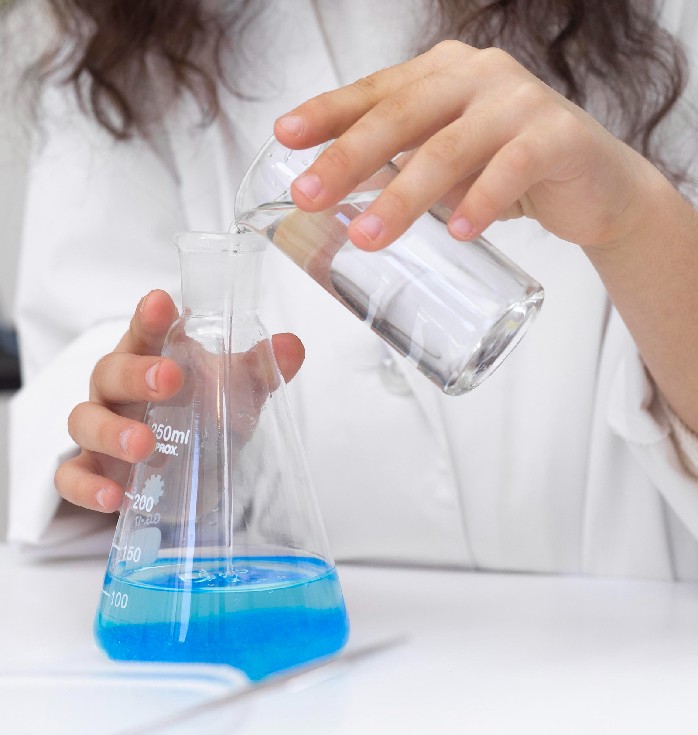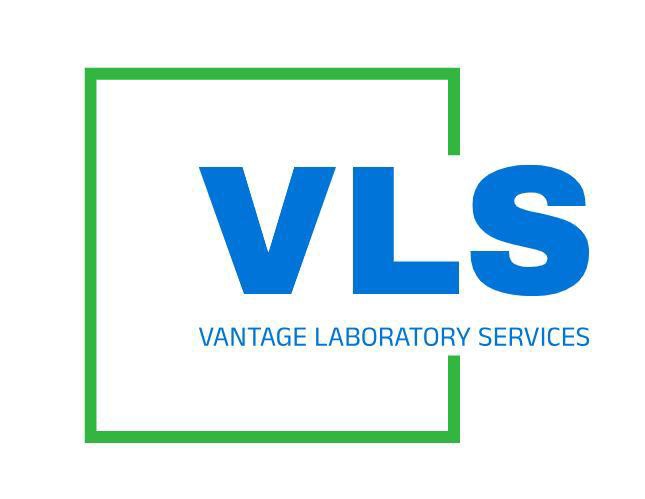Drinking Water Package

Primary Drinking Water
These include microorganisms like HPC, Legionella, and coliform bacteria; disinfection by-products such as bromate, chlorite, and organic compounds like Haloacetic Acids (HAA5) and Total Trihalomethanes (TTHM). Additionally, they encompass inorganic chemicals, including specific metals, asbestos, cyanide, nitrate, and nitrite, as well as organic chemicals such as semi-volatiles, volatiles, pesticides, PCBs, and herbicides.
Secondary Drinking Water
The National Secondary Drinking Water Regulations (NSDWR) provide non-enforceable recommendations for substances like aluminum, chloride, color, surfactants, odor, pH, silver, and TDS. While these elements do not pose health risks, they can lead to cosmetic issues (like skin or tooth discoloration) or impact the aesthetics of drinking water, affecting its taste, odor, or appearance.
Total Dissolved Solids (TDS)
Total Coliform Bacteria
Heterotrophic Plate Count (HPC)
Public drinking water systems in the United States serve 90% of the population, making the safety of this water supply a crucial aspect of public health protection. Vantage Laboratory Services (VLS Lab) specializes in testing and analyzing drinking water for municipalities, private wells, and commercial bottled water providers.
The safety and quality of drinking water are regulated by the EPA, along with state and tribal authorities, under the Safe Drinking Water Act. Both water systems and bottled water producers are required to meet stringent purity standards established by the EPA, state agencies, and industry guidelines to ensure the water supplied to consumers is safe.
